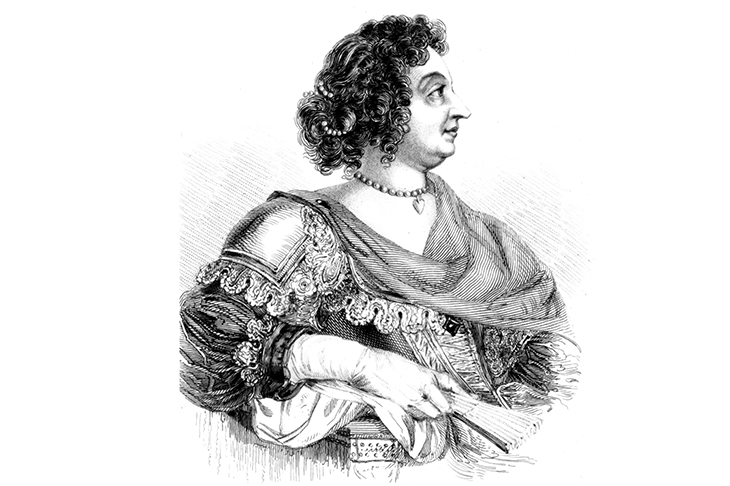Few twists of political fortune are as discombobulating as the youngest child making off with the family inheritance. Richard III, George W. Bush, Ed Miliband: monsters all three. Sophia, Electress of Hanover — bright, lively and self-indulgent — left a no less divisive legacy. The 12th child of an exiled Mittel Europa princeling, Sophia had scarce prospects when she was born in The Hague in 1630. Yet through her mother Elizabeth, daughter of James I, Sophia was able to pass the newly unified British crown to her son George I. (She missed out on the throne herself when she predeceased her cousin Queen Anne by less than two months.) To many Catholics, she remains a symbol of the Protestant chauvinism that drove Britain’s parliamentarians to exclude 57 Catholic cousins ahead of her. To centuries of Whig historians, Sophia was the dynastic guarantor of the bloodless revolution and the democratic rights of Englishmen, free from the grip of Rome.
Nancy Goldstone takes as her story the intertwining lives of Sophia and her three older sisters, the surviving daughters of Elizabeth Stuart. Elisabeth (scholarly), Louise Hollandine (artistic), Henrietta Maria (domestic) and Sophia grew up during their parents’ exile in The Hague, after their father, Frederick of the Palatinate, lost both his hereditary home of Heidelberg and his briefly held electoral kingship of Bohemia in the early years of the Thirty Years War. Marital options were slight. Elisabeth and Louise Hollandine became abbesses (the latter converting to Catholicism in a dramatic religious elopement). Henrietta Maria was married to a Transylvanian prince, in an extravagant three-day ceremony at which the groom appeared only by proxy. She was then sent to live with him, 569 miles from her nearest relatives in Berlin, and died three months after arriving.
The marriage of their parents, Frederick and Elizabeth, had been primarily a love-match: he came to London as a petty noble, courting Europe’s most eligible Protestant princess, and she fell for him at the age of 16.









Comments
Join the debate for just £1 a month
Be part of the conversation with other Spectator readers by getting your first three months for £3.
UNLOCK ACCESS Just £1 a monthAlready a subscriber? Log in